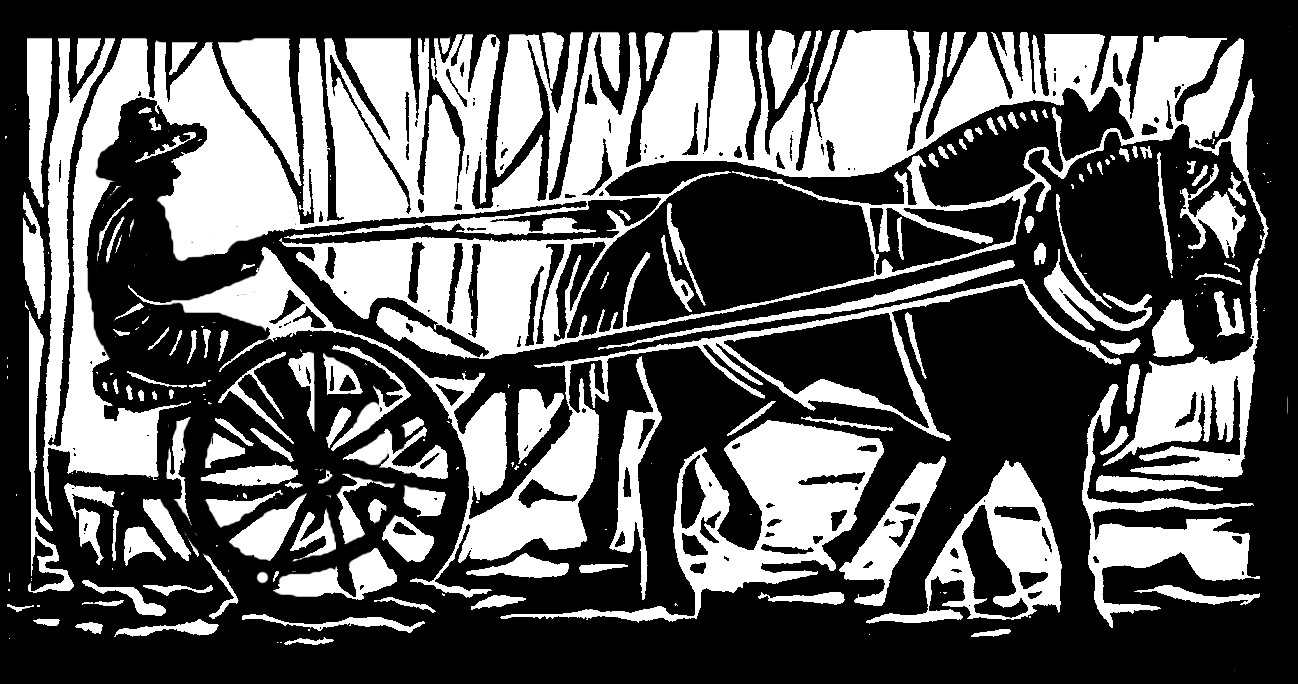Last year our potato patch produced a whole lot of Colorado potato beetles, and not many potatoes. This year we are trying to grow potatoes instead of potato bugs.
At first, on the newly sprouted potatoes, we found adult beetles, heavy-bodied, black and yellow striped, kind of nice-looking bugs, who don’t bite or sting. They overwintered in the soil, and then travelled gleefully to the new potato plants.
Despite picking off as many bugs as we could find, pretty soon there were the beautiful golden-orange eggs, adhered to the underside of the leaves. We took off the eggs, too, but we clearly missed quite a few in our six 200-foot long beds of potatoes. Next came the red larva, in all sizes, growing rapidly from pencil point to fingernail.
Now we’re onto a new wave of adults, and I sighed to my fellow farmer, “How long do we have to keep those potato plants alive?”
“Three months,” he answered, sighing too.
Defoliation by the beetles seems to happen in the blink of an eye, but we know that is not true. We just have to keep picking those bugs regularly. At first I squished them between my fingers, but when we got to the larval stage, I was feeling iffier about the whole squishing project.
My fellow was brushing the beetles into a yogurt tub instead, which is a lot easier. Then we put a little water in the tub. I don’t suppose it makes much difference to the beetles, but it is more pleasant for the bug-picker.
There are days I envision myself as a clever bird, picking bugs with my beak-hand. There are days when I envision myself as a clever lady bug or squash bug, both of which eat potato bug eggs. (If only the squash bugs would stay in the potatoes and leave the squash alone!) There are days when I envision myself as a clever farmer, saving my potato crop without using pesticides.
Then there are other days, such as the one when I had gone up and down the potato beds three times already that morning. Every time there were more and more bugs.
“I’m going to patrol those potatoes all day,” I said to my daughter, who laughed, and said “What’s that short story about the crazy woman walking around and around her room all day? You’re the crazy potato lady.”
I felt a little crazy, picking my bugs, when so much else was pressing in the garden: from transplanting to weeding to harvesting. Yet I had already spent so much time on the potatoes, I hated to give up. So I kept picking, and I did some research.
A female can lay up to 500 eggs in batches of 10-30, which can take 3 or more days to hatch, depending on how hot it is. A potato plant can withstand 30% defoliation at leaf-growing stage, but only 10% defoliation at tuber-growing stage. The stage four larva, the biggest ones, do the most damage.
But the most interesting thing I learned was that potatoes are native to the Andes, and the Colorado potato beetle is not a crop pest there, because of the different climate. The beetle was identified in Nevada and Colorado, on potatoes, which the bug much prefers to its native host weed. Ah-hah! I thought, it is we humans who have upset the balance, by bringing the potatoes to the bugs.
In any case, I am in my potato patch, every three days, picking bugs, feeling a little crazy, reminded of the contemporary Syrian/Lebanese poet Hoda al-Namani’s haunting verse: “I have not withdrawn into despair, / I did not go mad in gathering honey, / I did not go mad, / I did not go mad, / I did not go mad.”
No indeed. I did not go mad in gathering bugs. I am gathering honey, I am gathering mashed potatoes, fried potatoes, baked potatoes.
Originally published in the Monadnock Shopper News, July 26 - Aug 1, 2023
